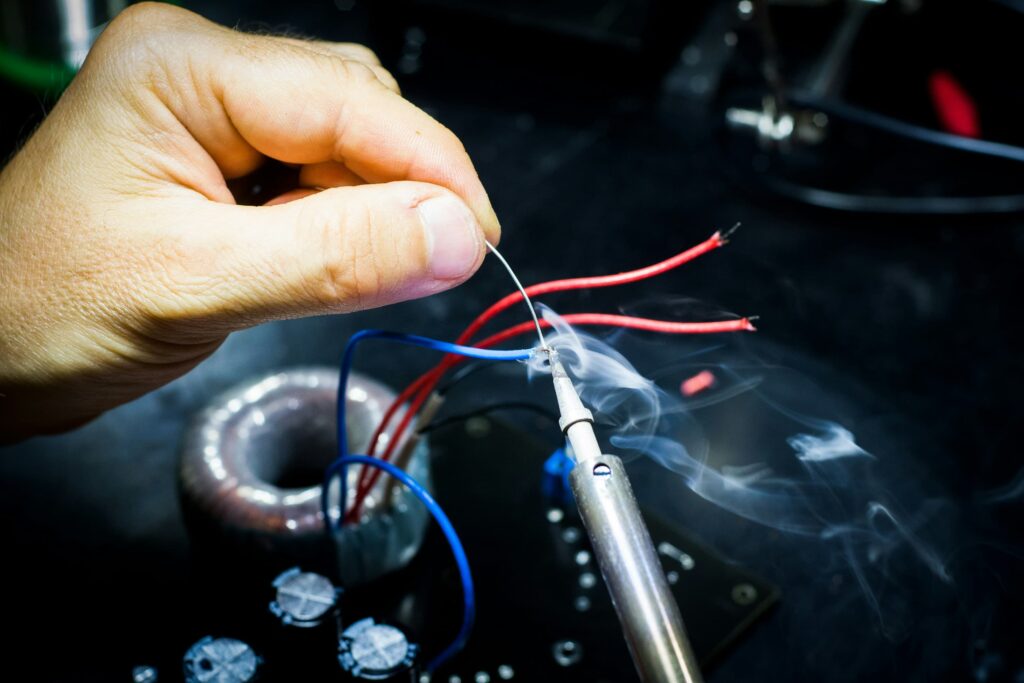
LoRa Communication

Overview
LoRa (Long Range) communication is a popular technology for long-distance, low-power wireless communication in IoT and other applications. Here’s a detailed technical specification outline for LoRa communication:
General Overview
- Purpose: Describe the primary purpose of LoRa communication in your device or system (e.g., IoT sensor network, smart city infrastructure).
- Application: Specify the industry or application where LoRa communication is used (e.g., agriculture, logistics, environmental monitoring).
Frequency Bands
- Frequency Range: Specify the frequency bands used (e.g., 433 MHz, 868 MHz, 915 MHz).
Note: Any regional regulations or standards that apply to the frequency bands used.
Modulation Techniques
- Modulation Type: LoRa uses Chirp Spread Spectrum (CSS) modulation.
- Specify the spreading factors supported (e.g., SF7 to SF12).
Data Transmission
- Data Rates: Provide maximum data rates supported (e.g., up to 37.5 kbps for LoRaWAN).
- Packet Data Protocols: Specify supported protocols (e.g., LoRaWAN, proprietary protocols).
Transmitter Specifications
- Transmit Power: Specify the transmit power levels (e.g., up to 20 dBm).
- Antenna Type: Describe the type of antenna used (e.g., integrated PCB antenna, SMA connector for external antenna).
- Modulation Accuracy: Provide specifications on modulation accuracy and stability.
Receiver Specifications
- Receiver Sensitivity: Specify the sensitivity level (e.g., down to -148 dBm).
- Selectivity: Describe the selectivity of the receiver for filtering out unwanted signals.
- Interference Rejection: Mention measures for interference rejection and coexistence with other LoRa devices or RF technologies.
Communication Range
- Typical Range: Provide the typical communication range in urban and rural environments.
Specify the range under ideal conditions and the expected range in typical deployment scenarios.
Power Consumption
- Operating Modes: Detail power consumption in transmit, receive, and sleep modes.
- Battery Life: Estimate battery life based on typical usage patterns and power consumption.
Network Topology
- Star Topology: Describe the typical network topology supported (star topology with gateways).
- Mesh Networking (if applicable): Mention support for mesh networking in LoRaWAN or proprietary implementations.
Security Features
- Encryption: Specify encryption standards used (e.g., AES-128).
- Authentication: Describe authentication mechanisms for secure communication.
Physical Specifications
- Dimensions: Provide dimensions of the LoRa module or device.
- Mounting: Describe mounting options (e.g., PCB mount, enclosure).
- Environmental Conditions: Operating temperature range, humidity tolerance, and IP rating (if applicable).
Certifications and Compliance
- Regulatory Compliance: Mention compliance with LoRa Alliance specifications and regional regulations (e.g., CE, FCC).
- LoRa Alliance Certification: Specify if the device is LoRaWAN certified.
Integration and Compatibility
- Interface Protocols: Specify protocols for interfacing with microcontrollers or application processors.
- Compatibility: Describe compatibility with LoRaWAN network servers or proprietary network infrastructure.
Software and Development Tools
- APIs and SDKs: Mention available APIs or SDKs for software development.
- Configuration Tools: Describe tools for configuration and management of LoRa settings.
Documentation and Support
- User Manual: Provide a link to or mention the availability of a detailed user manual.
- Technical Support: Describe the support services provided (e.g., technical support hotline, online forums).
Warranty
- Warranty Period: Specify the warranty duration and terms.
Contact Information
- Sales and Support: Provide contact details for sales inquiries and customer support.


